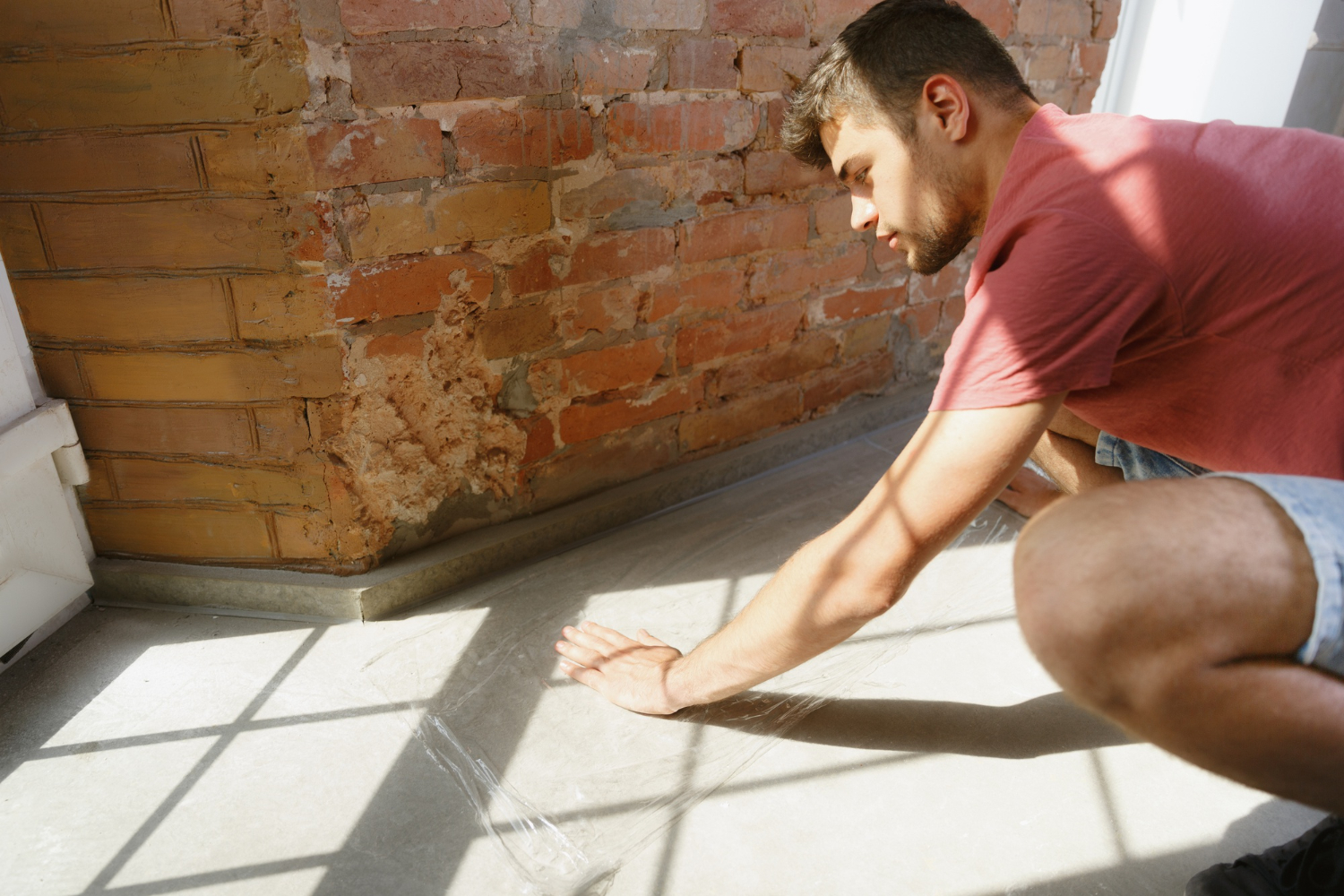
Key Takeaways:
Proper crawl space insulation can significantly enhance your home’s comfort and energy efficiency. It lowers energy costs, improves indoor air quality, and contributes to a healthier living environment. Understanding the types of insulation and their application ensures optimal results and long-term benefits.
Table of Contents:
- Introduction
- The Importance of Crawl Space Insulation
- Types of Insulation Materials
- Insulation Application Techniques
- Benefits of Proper Crawl Space Insulation
- Insulation Maintenance and Upkeep
- Conclusion
Table of Contents
Introduction
Many homeowners focus exclusively on walls, attics, and roofs when it comes to home insulation. However, the crawl space is a crucial area often overlooked, which can significantly affect a home’s overall comfort and energy efficiency. Proper crawl space insulation helps regulate indoor temperatures and protects the house from moisture-related issues, pests, and structural deterioration. This article delves into why crawl space insulation is vital and how it contributes to a healthier and more cost-effective home environment.
The Importance of Crawl Space Insulation
The crawl space is a narrow area located beneath your home, and its condition can affect your home in numerous ways. Insulation in this area is a barrier to external elements, safeguarding your home’s interior environment. Without adequate insulation, the area can become a conduit for unwanted cold or warm air, significantly affecting indoor climate control. This necessitates additional energy consumption, as heating or cooling systems work overtime to maintain stable temperatures.
Proper insulation, including processes such as insulation removal and replacement, helps to maintain an equilibrium by sealing the space against these external influences. When considering home renovations or upgrades, ensuring that your crawl space is effectively insulated can be one of the most impactful renovations regarding energy savings and home comfort.
Types of Insulation Materials
Several insulation materials are designed to address different aspects of crawl space insulation. Fiberglass batts are a common choice due to their affordability and ease of installation. They work well for homes where moisture control is less of a concern but require careful installation to prevent gaps that allow air leakage.
Spray foam insulation is another popular choice for its excellent air sealing and moisture resistance properties. It expands on application, filling gaps and creating an effective barrier against moisture and pests. However, it is typically more costly than fiberglass.
Rigid foam boards offer a third option, combining high thermal and moisture resistance. These boards are particularly effective in environments subject to extreme temperatures and provide robust protection against water penetration.
Insulation Application Techniques
The effectiveness of crawl space insulation hinges on the choice of materials and how they are applied. Proper technique ensures optimal performance and longevity, providing lasting benefits for your home. Here’s how to approach crawl space insulation effectively:
First, sealing vents or cracks prevents drafts and moisture ingress. Use appropriate caulk or weatherstripping to close any existing openings. This step is critical to maintaining the insulation’s effectiveness and preventing unwanted airflows.
Next, the insulation materials must be installed according to the manufacturer’s guidelines. For fiberglass batts, ensuring a snug fit and proper ventilation is essential to prevent moisture buildup. Spray foam requires careful application to expand correctly and fill in gaps, providing complete coverage without over-application, which can be wasteful and costly.
Materials should be cut accurately for rigid foam boards to fit snugly against crawl space walls and around any obstacles. This technique ensures a consistent thermal barrier, minimizing energy loss through the crawl space.
Benefits of Proper Crawl Space Insulation
The benefits of effectively insulating your crawl space are manifold. The most immediate advantage is a reduction in energy bills. By minimizing energy loss via the crawl space, your home can consistently maintain desired temperatures, reducing the workload on your heating and cooling systems.
Moreover, proper insulation contributes to better indoor air quality. It reduces the entry of dust, pollen, and other outdoor pollutants, which can be particularly beneficial for households with individuals suffering from allergies or respiratory problems.
Additionally, adequately insulated crawl spaces serve as a deterrent against water-related issues. By inhibiting moisture penetration, insulation helps prevent conditions that can lead to mold growth and structural damage. This dual function protects your health and the structural integrity of your home.
Insulation Maintenance and Upkeep
Maintaining crawl space insulation is crucial to ensure its continued effectiveness. Regular inspections can help identify areas where the insulation may have shifted, worn down, or been compromised by moisture or pests. These checks become particularly significant in older homes or regions prone to humidity and pests.
If issues are found during inspection, prompt action should be taken to repair or replace the affected insulation. As insulation wears over time, periodic insulation removal and replacement might be necessary to maintain its effectiveness. Addressing these issues promptly can prevent more significant repair costs down the line.
Furthermore, maintaining other elements of the crawl space, such as vapor barriers, drainage systems, and ventilation, also supports the performance of your insulation over time. Taking a holistic approach to crawl space maintenance can safeguard your home’s comfort and long-term durability.
Conclusion
Proper crawl space insulation is fundamental to a comfortable and energy-efficient home. By selecting the right materials and techniques and maintaining the insulation appropriately, homeowners can significantly reduce energy costs, enhance indoor air quality, and protect their homes from moisture-related issues. Investing in crawl space insulation is not just a step towards greater comfort and lower energy bills but also a move toward fostering a healthier living environment. By understanding and addressing the crucial role of this often-overlooked space, you embark on a path to a more sustainable and eco-friendly home.


